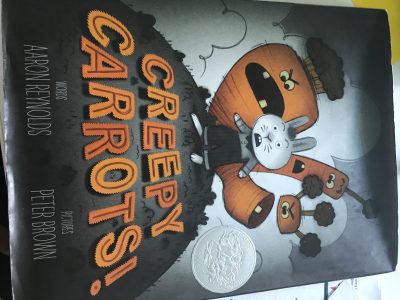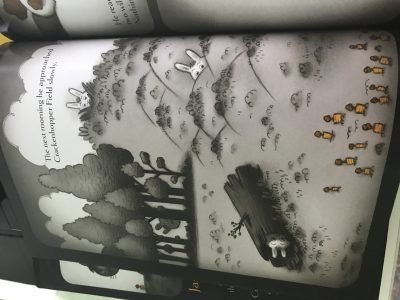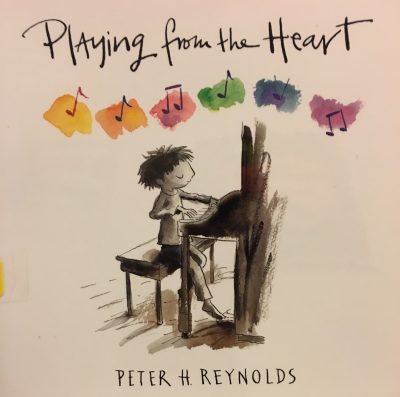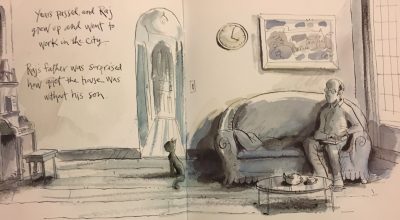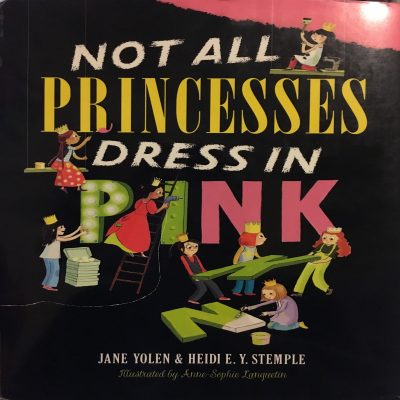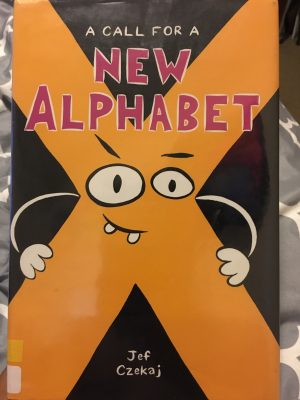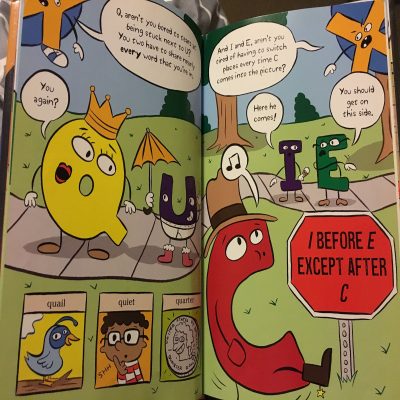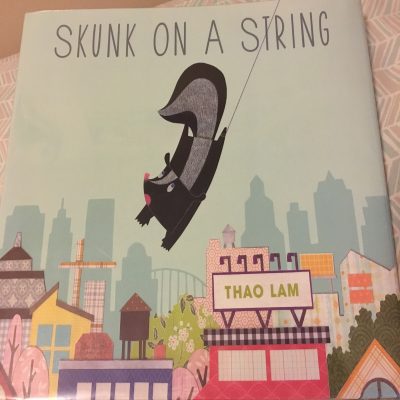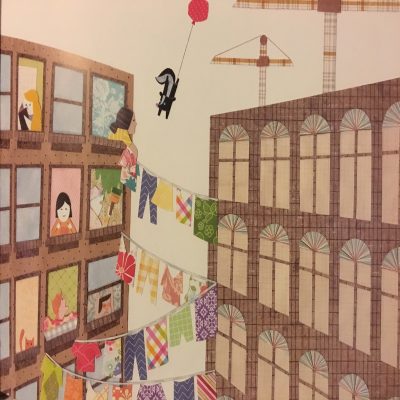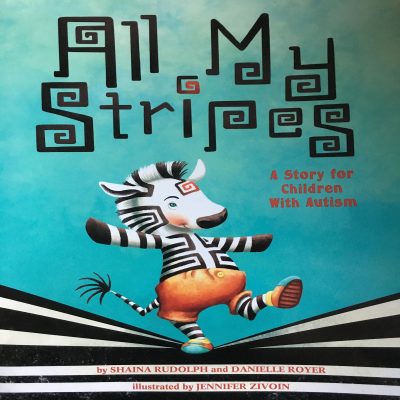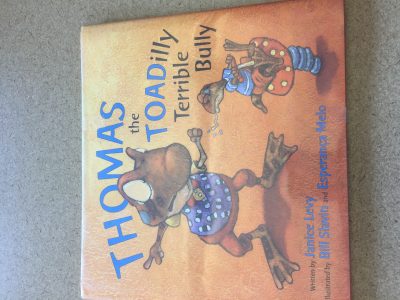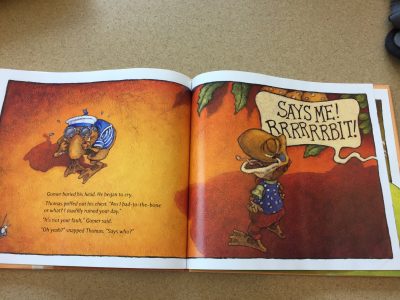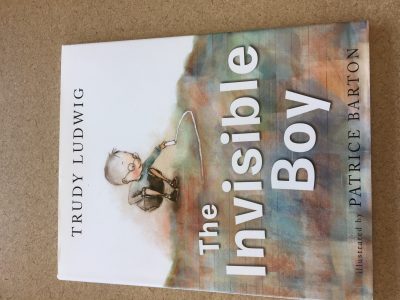
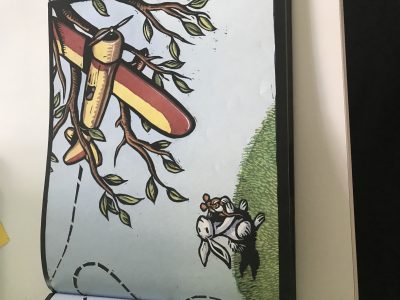
Title: My Friend Rabbit
Author(s): Eric Rohmann
Illustrator/Photographer: Eric Rohmann
Publisher and Year: Scholastic Inc. 2002
Number of pages: 31
Genre: Fantasy, Fiction, Friendship
Analysis:
1) Summary:
A rabbit and a mouse are playing with a toy air plane. It gets stuck in a tree, and rabbit comes up with a plan to stack other animals on top of each other to get it out of the tree. They all fall down but mouse saves rabbit from the angry animals only to get stuck in another tree.
2) Theoretical Framework:
There a blue sky with green grass. There are trees and dash marks to show the different directions of the plane. The animals are a mouse, rabbit, elephant, rhino, hippo, deer, alligator, squirrel, bear, and ducks. They are all stacked on each other, and eventually fell. The animals looked angrily at the rabbit, but the mouse swoops in and saves the rabbit when the other animals were reaching for him. It shows that the mouse loses control of plan then crashes into another tree. The background stays colorful the whole time, which gives a relaxing feeling.
The characters which are animals are the exact color they are in real life. The mouse and rabbit shows a satisfied, thinking, and worried face at times, while the other animals show a confused or angry face. The rabbit position is everywhere in this book, he is high up, lowest of the lows, all the way to the right, or all the way to the left at times. They all relate because they are animals and out in free world which may not be right for some of them.
One of the smaller animals seems to control them all and pick them up. Also, the mouse touches the elephant which is funny because elephants are scared of them. Also, the message gives off a bad saying to me. It shows that someone should always be there for their friend even if trouble follows them.
The rabbit is at the top because he probably thinks he smart since he thinks of these ideas.
It is framed so it is a glimpse of the world. The bright colors gives off a sense of freedom especially considering the animals that are out.
3) Illustrations:
The images are bright colors and correlate with real world colors. They give off the emotions of the animals very well. The backgrounds turns a reddish orange when the animals get angry which may help to show their anger even more.

